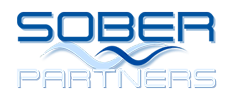Opioid and Opiate Addiction
Opioid Addiction
Opioids are basically prescription medicines that are administered to patients as pain relievers. They suppress the pain receptors in the brain hence making your body slower in responding to pain. Opioids are mainly used by medics to relieve patients during activities such as dental procedures, during surgeries, accidents, and to relieve pain in those who have chronic conditions such as cancer. Extended use has frequently been associated with instances of Opioid Addiction.
The use of opioids is safe when done correctly. If used more than the recommended dosage or for a long period of time than the prescription, it can lead to dependence and addiction. Prolonged use can cause the brain to build a tolerance, requiring higher doses to achieve the same effect. This can result in physical and psychological dependence, as well as an increased risk of overdose. Opioid addiction is a serious medical condition that requires professional intervention and treatment to overcome. If you or someone you know is struggling with opioid addiction, seeking help from a healthcare provider or addiction specialist is crucial for recovery.
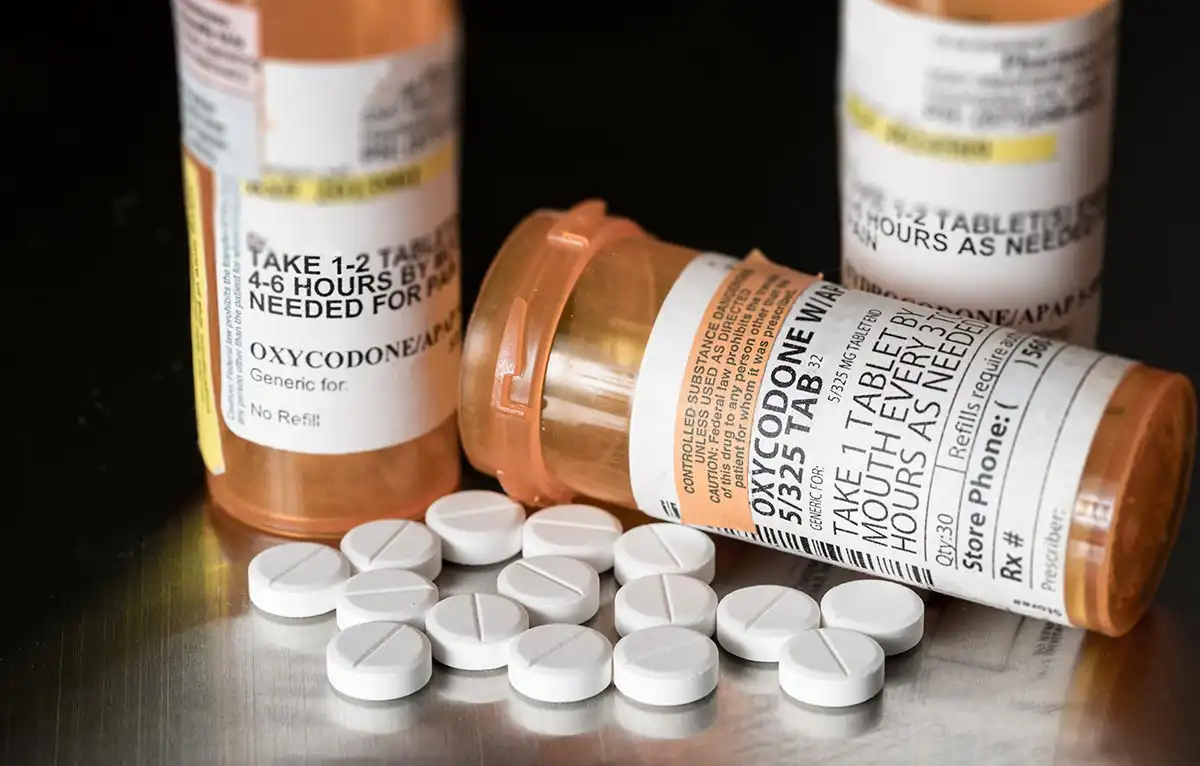
Opiate Addiction
To many, addiction is connected to a sustained condition of chronic obsession. During which, the thing that started as unexpected and welcome euphoria became something one cannot live without while chasing the feeling of initial high again, which cannot be obtained ever again. An evil twist that becomes the everlasting at-all-costs quest frequently leading to Opiate addiction.
Doctors regard this unrelenting dependence as an irresistible yearning for a substance, out-of-control and compulsive use of the substance, and continued use of the substance despite continual, harmful consequences. Opioid substances become extremely addictive, primarily due to the rapid tangible result by activating powerful reward centers in your brain.
Opioids trigger a discharge of endorphins, your brain’s feel-good neurotransmitters. Endorphins muffle your perception of pain and boost feelings of enjoyment, creating a temporary but powerful sense of well-being. When the dosage of the effect wears-off, the user ends up craving those euphoric feelings again, fast. This is the first milestone on the path toward potential chronic obsession.

Symptoms of Opioid & Opiate Addiction
The addiction of opioid is typically to those of the other abused substances. The victims will usually display certain characteristic behaviors and they are bound to change their emotional balances as well. For instance, if you consistently have a persistent urge to use the drug even if you are not in medication, then is a pointer that you may be getting addicted. You will also know that you are addicted if you are seeing multiple doctors so that you can get an increased amount of the drug. This is not to mention other pointers such as spending a lot of time and money just to get the drug.
Painkiller Addiction
No one ever desires to get addicted to prescription painkillers. But unknown to many, popping up the first pill is always their first step towards alienating family, poor performance at work, and potentially becoming a small-time criminal. With the recent indicating an alarming rise in painkiller addiction in the United States, it’s unclear what really causes prescription Painkillers. Perhaps one of the contributing factors to the rise of this menace is that the pills are readily available over the counter. It is thus encouraged that people should avoid obtaining and using the pills without a proper prescription from a doctor.
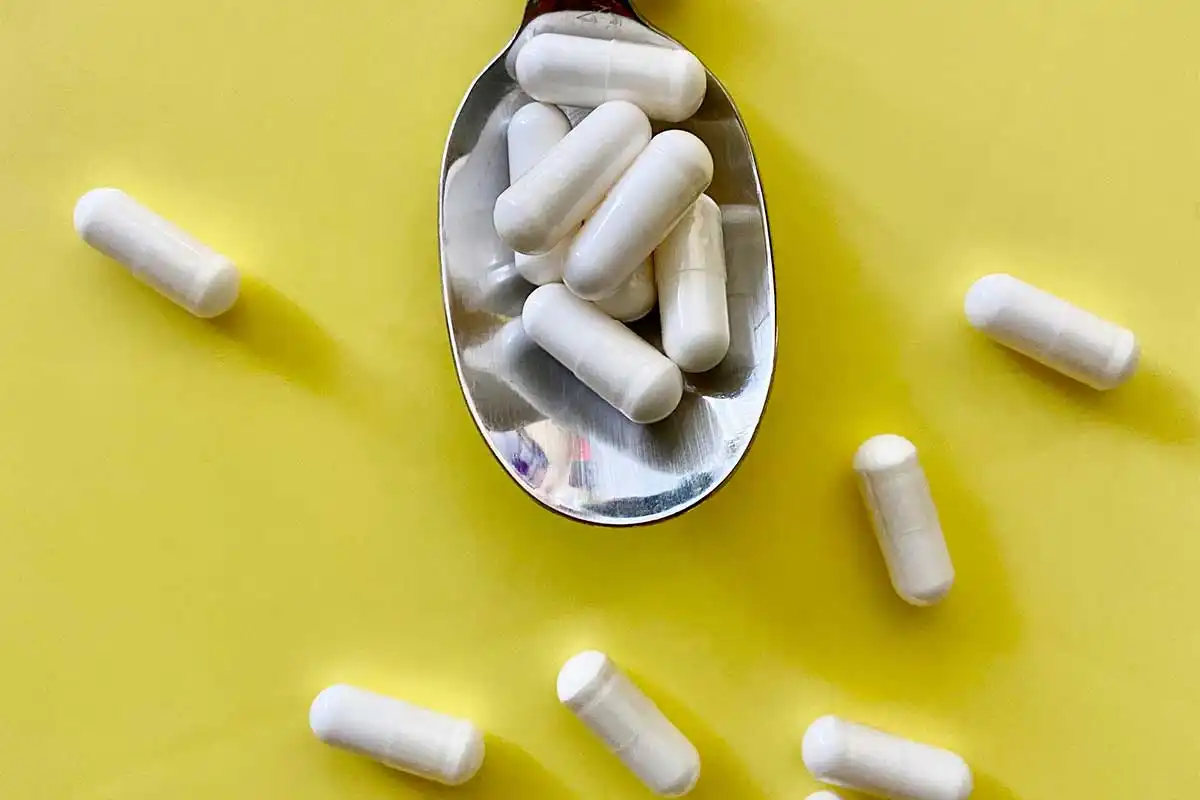
Opana Addiction
Opana® is approximately 7 times stronger than morphine. It has the same or greater likelihood for causing opiate dependency as any other opiate. Older people tend to metabolize this medication at markedly slower rate and usually have significantly higher levels of oxymorphone in their blood plasma.
Opana® also affects components of the immune system and seriously affect the motility and wave action in the duodenum and large intestines respectively. This accounts for significant constipation.
This drug is especially addictive. It is only prescribed for acute pain. It is a highly valued drug in the illicit drug trade.
This is a relatively obscure drug in the illicit drug trade but in certain regions of the country it is readily available at relatively high prices. It is also known as the rich man’s opiate.
Opana® addiction treatment requires a full system approach to treat the body’s eleven main systems in order to achieve maximum benefit in a relatively short period.
Methadone Addiction
Methadone is a classic opioid medication used to treat the withdrawal symptoms in people who are addicted to other narcotics such as heroin. It is primarily used as a pain reliever, and it is always a part of drug addiction and detoxification and maintenance programs in many drug rehabilitation centers. Its use is strictly controlled, and as such, it can only be obtained from certified pharmacists. Methadone Addiction becomes an unwanted repercussion of continued use even when prescribed by medical professionals.
But like any narcotic, addiction is an all-too-common side effect.
Methadone addiction can come about because the drug eases a user’s pain. As time goes on and tolerance builds, more of the drug is needed for the same effect. Methadone is a central nervous system depressant, and there is a very high risk of negative complications when combined with other depressants such as alcohol and benzodiazepines. Some people struggling with methadone addiction are also alcoholics.
This is probably a deadly combination because both substances alone will cause hazardously reduced capillary pressure and a “metastasis depression.”
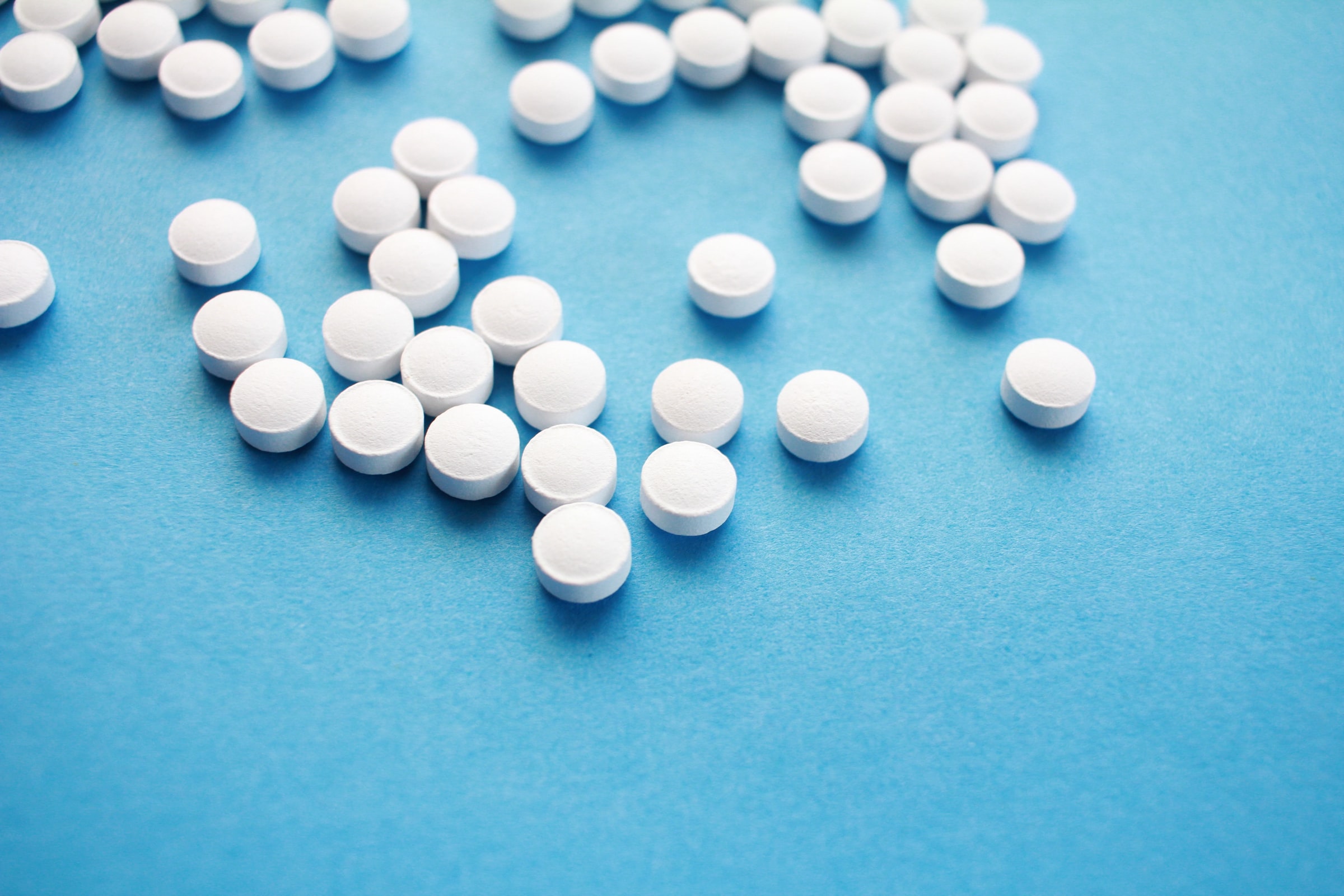
Vicodin Addiction
Vicodin® is a painkiller comprising of acetaminophen and Hydrocodone as the main constituents. Acetaminophen is mild pain reliever while Hydrocodone is a strong opiate which is a highly addictive substance. As much as it is a painkiller that should only be used when prescribed by a doctor, Vicodin makes it to the list it the most frequently abused substances in the United States. Though Hyrdocodone is the more addictive of the two components, acetaminophen is also known to cause serious liver problems if taken in large doses. Therefore, taking Vicodin in large doses is not only a prerequisite for Vicodin addiction but it is a potential health hazard to the liver.
Morphine Addiction
Morphine is a classic painkiller that has been used for decades to offer remedy for people in great pain. It is available in liquid or pill form and despite its success as a painkiller; it is also one of the mostly abused opiates in the present times. Abuse of the drug includes using it when not prescribed by a doctor, taking more than indicated in the prescription or using it for a long period of time. Just like the other opiates, morphine has a number of side effects when abused such as Morphine Addiction.
Other than the symptoms and signs of abuse, it is possible to tell when someone is already hooked up into using morphine. For instance, morphine users are likely to develop higher tolerance to the drug implying that they will always take it in large doses in order for it to have an effect on them.
Secondly, users are likely to experience a change in behavior when the dependency leads them to adopt conditions such as anxiety, paranoia and depression. Addicts are also likely to be faced with a number of withdrawal syndromes that will make it difficult for them to part ways with morphine even if it was administered under a doctor’s instructions.
Tramadol Addiction (Ultram®)
Tramadol, commonly marketed as Ultram® / Ultram® ER is a pain reliever that is basically used to treat moderately to moderately severe pains. The drug comes in tablet form and it is strictly a prescription medication. Whereas tramadol is not necessarily an opiate, it produces symptoms similar to other opiates. Most states do not consider it as a controlled substance, but it has the potential of being abused with very devastating side effects leading to Tramadol addiction.
Tramadol (brand name “Ultram”) is an artificial drug approved by the Food and Drug Administration for the treatment of moderate to severe pain. Hitting the market in 1995 as an immediate-release (IR) drug, and was since also engineered into an extended-release (ER) drug in 2005. Compared to several different pain medications, Tramadol is exclusive therein it elicits varying degrees of effects across a spectrum of neurotransmitters.
It primarily acts as a mu-opioid receptor (MOR) agonist, thereby releasing both enkephalins and beta-endorphin to facilitate analgesic effects. Mu-receptor agonism is also understood to increase neurophysiological relaxation (which reduces anxiety) and enhance mood (often significantly). As a result of its complicated actions, Tramadol is an appealing drug for the treatment of pain, additionally for a large number of off-label conditions. However, many users of the drug could dislike its associated effects (e.g. itchiness, constipation, nausea), be cautious of its unintended effects, and/or feel as if the drug has lost its effectuality (due to tolerance). For these reasons, some individuals have quit the drug, but wonder how long it’ll stay in their system after stopping.
Roxicet Addiction
Roxicet is a pain reliever very similar to Percocet®. In fact, it is an almost identical drug, except that Roxicet offers varying levels of acetaminophen. There is no difference in the level or length of pain relief to that of Percocet so, Roxicet dependence addiction rates mirror that of other more powerful prescription opiates like Oxycodone® . Roxicet is available in tablet or liquid form.

How Does Roxicet® Work?
Like Percocet, is a member of the opioid family. Most often prescribed in pill form, it attaches to the body’s opioid receptors in the brain, spinal cord and gastrointestinal tract, chemically altering the body’s response to pain. Roxicet also affects the region of the brain which identifies and responds to pleasure. Upon consumption, the user may feel a rush of intense pleasure of euphoria.
The acetaminophen found in Roxicet is used to reduce fever. Fever is often a side effect of healing from injury.
Roxicodone Addiction
Roxicodone can be a terribly robust narcotic medication for folks that suffer chronic pain. If the protective coating is destroyed, Roxicodone will transition to use as a high potency opiate. Drug abusers crush, chew, or dissolve the pill, so snort, swallow, or inject it. Continued use of this drug has a high risk of OD, as well as death. Additional effects reported like nausea, dizziness, vomiting, sweating, weakness and headache. The drug is known to be extremely habit-forming, and addiction is a serious problem. The allure of Roxicodone is the euphoria produced when Roxicodone reaches mu receptors in the Central Nervous System. There are proven, workable Roxicodone detox and withdrawal treatment options available. Our Program has helped hundreds of opiate users overcome Roxicodone addiction.
- Roxicodone is a semi-synthetic opiate synthesized from thebaine. Roxicodone is prescribed for moderate to severe chronic pain.
- Most Roxicodone users start off snorting or smoking instead the drug instead of the manufacturer’s recommended oral administration.
- The one emotion that keeps Roxicodone addicts in their addiction is fear. More specifically fear of experiencing Roxicodone withdrawal symptoms.
- The main active ingredient in is Oxycodone. Roxicodone comes in 3 dosages 5mg, 15mg, and 30mg tablets.
Addiction to Roxicodone is a result of abuse and dependency. The final analysis for this addiction is that most, if not all users, cannot detox at home and must seek outside help.
The rationale for outside professional help comes from the fact that opiate users self-medicate as a matter of lifestyle and are unequipped to detox at home. In addiction the physical withdrawal is but one aspect of Roxicodone addiction; the second being the opiate cravings which usually last for several days after successful detoxification.
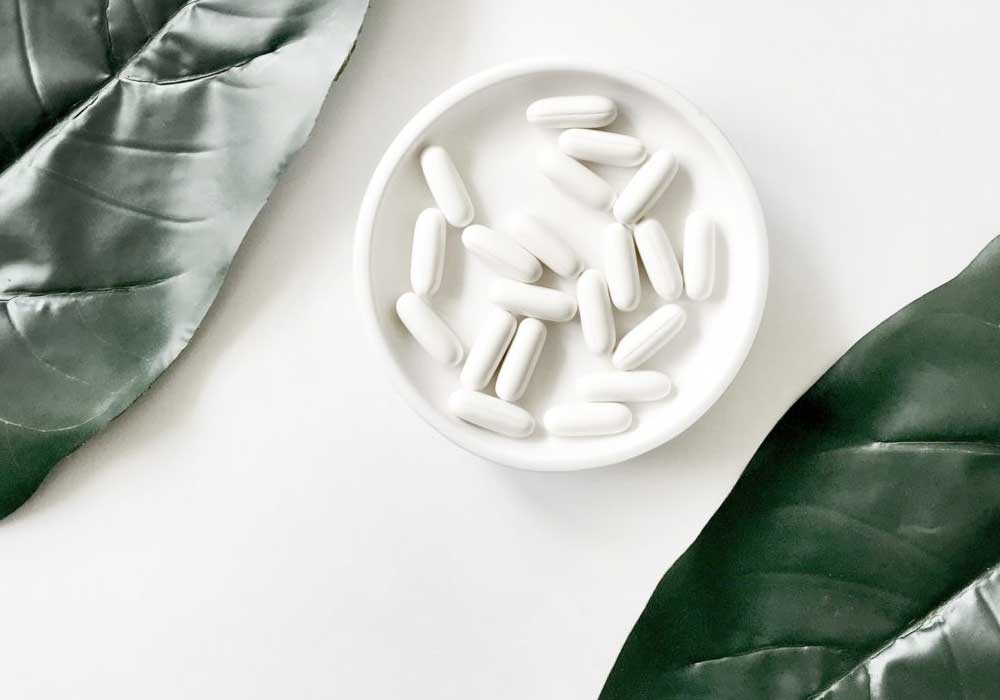
Oxycodone Addiction
This is a strong semi-synthetic opiate pain reliever that is available for purchase in the United States, Australia and Europe. It has been immensely helpful to individuals suffering from extremely painful conditions such as those with neurological degeneration or patients who have had last stage cancer other illnesses that comes with a great deal of pain. But just like the other opiates, most people don’t face Oxycodone Addiction by choice. It comes after prolonged use when sometimes the body develops tolerance to the drug or the user forms a dependence on the drug whereby they will never feel OK unless they take the drug.
A drug test is the most efficient way to detect Oxycodone® abuse. But in the absence of such, individuals displaying Oxycodone Addiction are likely to show signs such as drowsiness that can at times be severe to the point of drop off, sedation, euphoria, light-headedness, nausea and vomiting, low blood pressure, headache, respiratory suppression, sweating, dry mouth, constipation and itching of the whole body.
Hydrocodone Addiction
Many sellers who sell Hydrocodone in the United State do under various brands Hysingla ER®, Zohydro ER® and common street names such as Norco, Hydro or Vikes. Hydrocodone is however a prescription drug that doctor give to patients experiencing severe pains caused by diseases, accidents or injuries. It should be noted that using this drug without a doctor’s prescription already tantamount to an abuse which might later on have devastating consequences that lead to Hydrocodone Addiction. Abuse will also occur when you increase the dosage as opposed to the ones prescribed by the doctor or when you take the drug more than the period recommended by the doctors.
Propoxyphene Addiction (Darvon®)
This product is an opiate used to help recover from mild to moderate surgical pain and thus, carries with it all the risks of dependence and addiction to Propoxyphene as other prescription opiates. As of November 2010, Propoxyphene is no longer available as a drug therapy option in The United States, due to high heart toxicity issues, even in therapeutic doses.
How Does Propoxyphene Work?
This drug is an opioid, an analgesic used to treat severe pain relief. Most often prescribed in pill form, it attaches to the body’s opioid receptors in the brain, spinal cord and gastrointestinal tract, chemically altering the body’s response to pain. It also affects the region of the brain, which identifies and responds to pleasure. Upon consumption, the user may feel a rush of intense pleasure of euphoria.
Percocet Addiction
Percocet® is narcotic pain reliever that brings together the powers of Oxycodone® and Acetaminophen as the main constituents. Percocet is mainly used in the treatment of moderate to severe pains and its short term effects may last for only four to six hours and they include symptoms such as sleepiness, pain reduction and euphoria. The continued of this opioid-derivitive is likely to result into Percocet addiction or dependency on the drug is just as bad as addiction.
The addicted individuals are likely to experience the following signs and symptoms. They are however not universal and not all the patients will experience them at the same time. They include shallow breathing, nausea, dizziness, low blood pressure, sedation, drowsiness, euphoria, nausea and vomiting. These are some of the side effects but there are adverse ones that need immediate consultation with the doctor if noticed. The adverse side effects include shock, liver damage, extremely low blood pressure and respiratory depression.
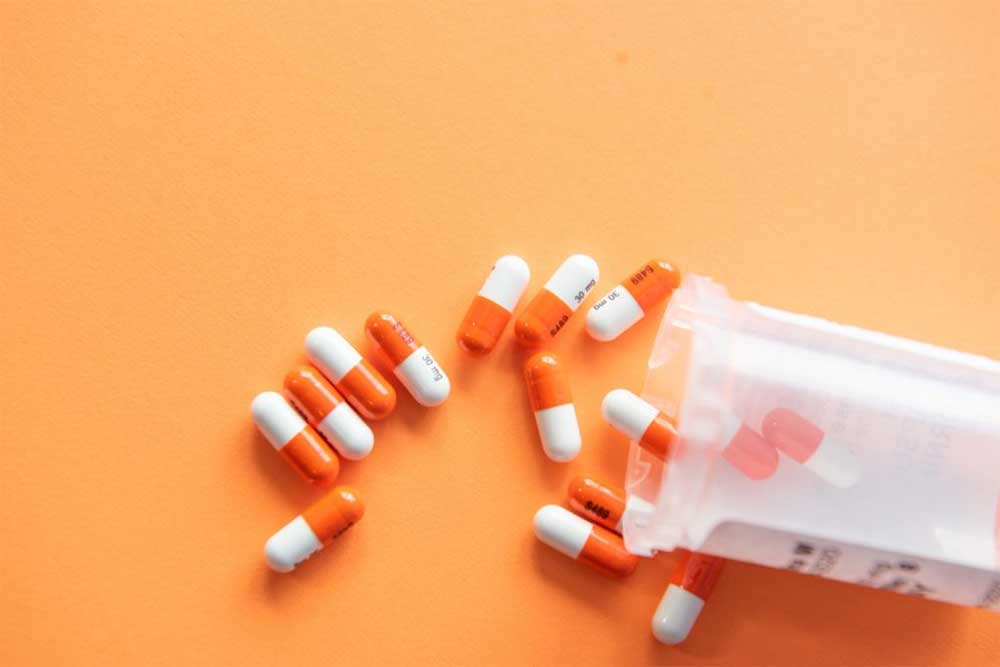
Demerol Addiction
Pethedine or Meperidine is known by its many brand names. However, Pethedine is known to many as Meperidine Demerol or Demerol® alone. In the year 1930, Demerol was introduced as a potent analgesic. It was manufactured by Sanofi-Synthelabo, Inc. During its early years, Demerol was used to relieve muscle spasms. However, experts discovered that Demerol contains analgesic properties that can be used to treat or relieve pain. It is considered as fast-acting opioid analgesic drug. The effect that is produced by Demerol to our body is almost similar to morphine. However, many experts say Demerol is safer and carries less risk of addiction than morphine. By the turn of the 20th century, Pethedine became the drug of choice by many physicians. Today Pethedine is available in many forms, such as hydrochloride tablets, syrups, and also injectable.
Opiate and Opioid Detox and Withdrawal
Opiates are powerful, highly addictive narcotics derived from the opium poppy. Usually snorted, smoked, or injected, Opiates produce an intense high that lasts a few hours, depending on the dose. The user feels sedated, with slurred speech, dry mouth, and pinpoint pupils. In combination with other depressant drugs, like alcohol, the risk of overdose increases. Much higher purity of street heroin in recent years has greatly increased deaths from heroin overdose, even for first-time users. Continued use of heroin results in skin abscesses, heart infection, liver disease as well as addiction. Opiate detox and withdrawal bring on tremors, cramps, vomiting, bone pain, and convulsions. Medical supervision of withdrawal is highly advisable. Opiates are the natural narcotics that come from the Papaver Somniferum Poppy Plant. Opiate Detox and Withdrawal can be a very tough experience.
The three main opiates are Morphine, Codeine and Thebaine. Of the three, Thebaine isn’t used as pain medication in its natural form. Opioids are the natural opiates plus the semi-synthetics and the pure synthetics:
- A semi-synthetic opioid begins with a natural opiate like morphine or codeine which is then mixed and processed into a new and more potent narcotic such as heroin and buprenorphine.
- A purely artificial opioid never includes a natural opiate in the production process. Pure synthetics are a combination of chemicals and processes that mimic opiate effects by producing highly potent narcotics such as methadone and fentanyl.
Detoxification from Opiates
We realize that opiate addiction is a disease and that every path is different for every person. There is no one-size-fits-all method to describe either the addiction process or the treatment process. Recovery is a unique and complex system that evolves with each individual. Every detox center should allow for new and old ideas to shape the recovery process. That includes a variety of physicians and specialists who treat everything from opiate addiction to depression.
We do not claim to have the only working method of addiction recovery. Our program incorporates the finest medical assistance available with the newest techniques and procedures; giving our clients a very real chance for a successful recovery.
Proper Hydration is critical for all organ systems. Hydration is a part of the body’s natural detoxification process. On average an adult is composed of approximately 60% water. Proper hydration is therefore essential for all internal mechanisms and processes to function properly.
Hydration helps to accelerate the body’s natural healing process. Hydration is the single most important factor in any naturally based detoxification program regardless of the drug they’re expelling.
Proper Nutrition gives the body the energy needed for bodily functions to work at optimal power including immune systems. For example; opiate users tend to consume high sugar content meals such as Hershey Bars, Ice cream, Pepsi and Skittles. Most opiate users suffer from some form of malnutrition and marked immune suppression. We supplement our client’s diet with appropriate vitamin and mineral supplements to promote a speedy recovery.
Sleep Disorder Therapy is overlooked at many detoxification facilities. Lack of this oversight is a serious error.
Sleep reduces anxiety. Sleep enhances the body’s natural healing process. Sleep regenerates the body’s immune system. Insomnia is a common fear that may delay some opiate users from entering treatment and may cause others to leave treatment early.
Counseling reveals the causes, risks and consequences of addictive behaviors. Placing clients in a private and safe environment gives clients the security needed to discuss issues they would typically avoid. This type of setting allows clients to vent some of their problems including some they may have suppressed for years. This gives their mind a chance to reset and helps their state of mind regain a sense of equilibrium.

Withdrawal Symptoms
The 7 Most Common Opioid Withdrawal Symptoms in chronological order are:
1. Nausea
2. Anxiety
3. Cold Sweats
4. Back Ache
5. Restless Leg Syndrome (The term “Kicking” comes from this symptom)
6. Insomnia
7. Diarrhea
Heroin Withdrawal
Heroin is the most addictive drug on earth. Heroin stands out as the narcotic of choice for most opioid users because heroin creates a powerful euphoric reaction. This is due to heroin’s ability to cross the blood-brain barrier quicker than other opioid. Heroin crosses the blood brain barrier up to 80 times quicker than morphine.
Methadone withdrawal
Methadone produces acute withdrawal symptoms. The fear of experiencing Methadone withdrawal symptoms discourages methadone users from ending their methadone maintenance program. Now, there is a virtually pain-free way to detox from methadone.
Methadone users are typically unable to wait a sufficient amount of time before starting Suboxone treatment and this can initiate opiate withdrawals. Methadone users are unable to detoxify themselves!
Opana Withdrawal
Opana is highly addictive and known on the streets as Stops because it looks like a stop sign. Opana withdrawal requires a customized detox system to ensure a successful detox.
Opana is habit forming and can be harmful to unborn babies. It can cause physical dependence and significant opioid withdrawal symptoms in newborns. Opana will pass into breast milk and can be harmful to nursing babies.
Opana users require expert help to overcome their addiction. They cannot detox at home due to the fact that they self-medicate as a matter of course. Most Opana users will not heed this warning but eventually the truth wins out and professional detoxification services are needed.
Oxycontin Withdrawal
Oxycontin treatment creates some challenging problems specific to oxycodone. Treatment often requires a high dosage detox. This is due to Oxycontin’s prolific tolerance buildup. A pronounced delay from induction is often required to guarantee a pain-reduced detox.
The rule of thumb is that Oxycontin users cannot detox themselves. Most will try to detox at home but most will fail and part of the reason this is so is because of the mind’s unconscious desire to maintain the status quo.
Percocet Withdrawal
Percocet is highly addictive and commonly abused by people other than the person to whom the prescription is written. Percocet is taken in tablet form. It is not uncommon for people with Percocet dependency to take as many as 40 pills a day.
Percocet is both physically and psychologically addictive. It acts as a “blocking agent” to pain receptors in the brain resulting in a feeling of euphoria. It is euphoria that people crave when they abuse Percocet.
Roxicodone Withdrawal
Roxicodone is a semi-synthetic opioid analgesic used to treat moderate to severe chronic pain.
Oxycodone hydrochloride is the main active ingredient within Roxicodone tablets. Oxycodone is a white, odorless crystalline powder derived from the opium alkaloid, thebaine. Oxycodone hydrochloride dissolves in water and is often abused by intravenous opiate addicts.
The 15 mg and 30 mg tablets contain the equivalent of 13.5 mg and 27.0 mg, respectively, of oxycodone freebase. Roxicodone unlike Oxycontin tablets are designed to provide immediate release of oxycodone.
Respiratory depression is the chief hazard from Roxicodone abuse. Respiratory depression occurs most frequently in elderly or debilitated patients, usually following large initial doses in non-tolerant patients, or when opioids are given in conjunction with other agents that also cause depressed respiration such as an alcohol and Roxicodone mixture.
Roxicodone should be used with extreme caution in patients with significant chronic obstructive pulmonary disease or pre-existing respiratory depression. In such patients, even normal dosages of Roxicodone may decrease respiratory drive to the point of apnea. Physical dependence results in Opiate detox and withdrawal symptoms when Roxicodone users abruptly discontinue the drug.
Vicodin Withdrawal
Vicodin dependence develops over time with many users unaware of their physical dependency until they run out or decide to quit of their own volition. The result of opiate withdrawals is assured if physical dependency has set.
Vicodin is the number one drug in the relapse process for hundreds of thousands of recovering opiate addicts regardless of their opiate of choice.
Many opioid users with years of recovery will relapse this year by taking just one Vicodin. This is the power of opiate addiction.

Treatment Methods
Opiate addiction is a progressive illness that runs a specific hazard for relapsing with even a small dosage of opiates. The key to a successful opiate addiction recovery is transparency by the user with their physician.
Treatment methods for opiate dependency have advanced tremendously over the last decade. There is little doubt that opiate addiction is one of the worst addictions that can ever belie a person. This is why Opiate Detox and Withdrawal can be so tough on an addict. The only upside from this experience is the knowledge gained and the positive changes that are needed to overcome opiate addiction. If you or a loved one need help to recover from opiate or opioid addiction, please contact us.
